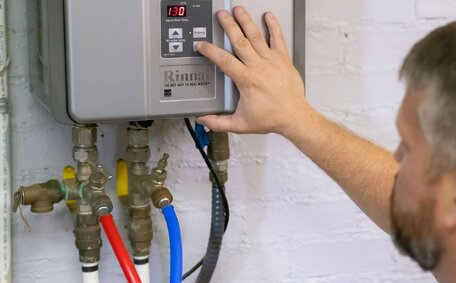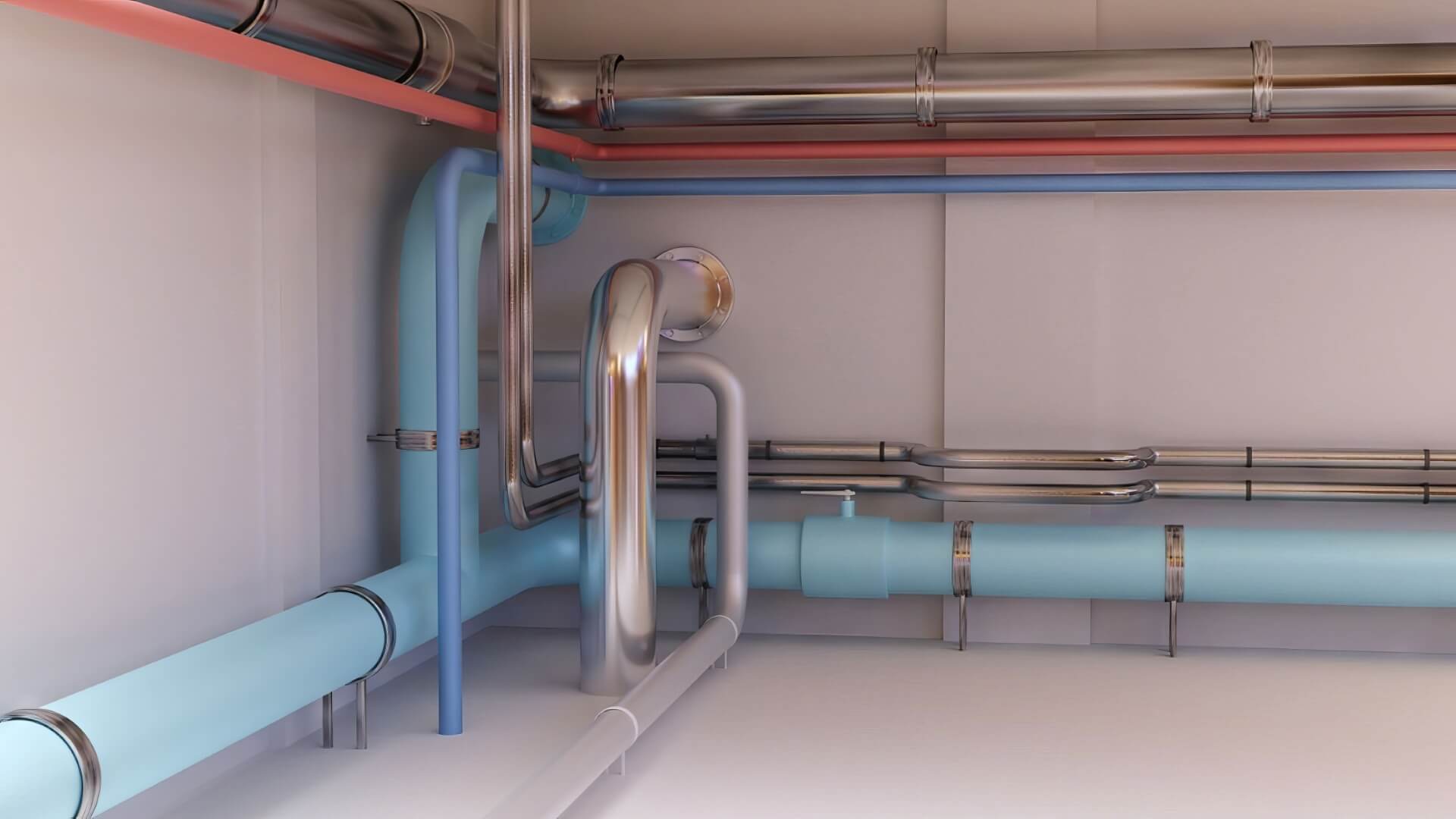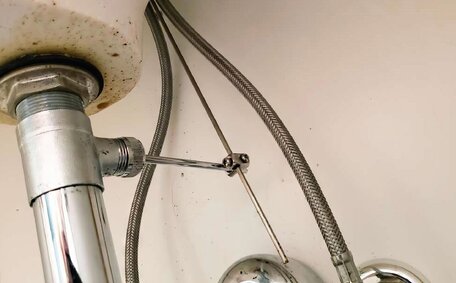Introduction to Pipe Relining
Over time, pipes beneath homes and businesses can deteriorate from corrosion, cracks, tree root intrusion and more. Traditional pipe repair required extensive excavation to access and replace damaged sections – a costly, disruptive process. Pipe relining offers a trenchless pipe rehabilitation solution that restores pipes from the inside out.
Once hardened, the epoxy resin is structurally sound and seals leaks and cracks in the old pipe. Relining restores flow capacity, stops infiltration and prevents further corrosion or damage.
The process can be used on pipes 4 to 12 inches wide and is far less destructive than breaking up concrete or digging trenches. The pipe relining process involves sending a flexible epoxy coating through the damaged pipe to form a smooth, jointless new inner pipe.
Pipe relining extends the lifespan of pipes for decades while avoiding the need to dig up and replace plumbing. It’s an efficient, non-invasive solution for restoring old, damaged drain, sewer and water supply pipes. Now let’s explore how to properly care for pipes after they’ve been relined.
Gently Inspect Relined Pipes for Damage
After completing pipe relining, it’s crucial to gently inspect the new pipe liner for any damage before putting the pipes back into use. Carefully scan for any cracks, gaps, holes or deformities in the epoxy coating which could undermine the integrity and leak-proofing ability of the liner. Drain cameras provide clarity on the condition of the pipe lining and can identify potential weaknesses to address before drainage issues arise.
Using a drain camera enables a thorough visual examination of the entire length of pipe. Also check junctions and connections to ensure a smooth, continuous lining with no detachments or openings at joints.
Any defects found may require patching or re-lining affected areas. However, if the epoxy resin coverage appears smooth, consistent and undamaged, the relined pipes are ready for drainage as normal. Still, use low-pressure water flows initially to avoid stressing the lining. Early detection of any liner issues allows for prompt repair to prevent leaks or pipe failures down the track.
We recommend a follow-up drain camera inspection after the first month of use to confirm that the pipe liner remains fully intact with no signs of wear, separation or damage.
A post-cleaning drain camera inspection is also wise to ensure cleaning efforts have not scratched, scoured or compromised the liner in any way. The integrity of the epoxy barrier is vital for preventing future corrosion or infiltration issues. Gentle cleaning and careful inspections help preserve the rehabilitated pipes for decades of service.
Use Low-Pressure Water Jetting to Clear Debris
After inspecting the relined pipes, the next step is gently cleaning out any debris, grease or mineral deposits that may have accumulated. Avoid using caustic drain cleaners or harsh mechanical cutters that could scratch or damage the epoxy liner. Instead, use low-pressure water jetting under 4000 PSI to safely flush away any built-up grime.
Controlled streams of water propelled through the pipes will swirl away sludge and other blockages without risking the integrity of the liner.
Adjust the pressure as needed - start on the low end around 500 PSI and only increase if clogs persist. The flexible liner can withstand moderate water jetting but high pressure could erode or puncture it over time.
For stubborn drain clogs, a soft rotating chain flusher can help break things up gently. Ensure any chains or brushes used are designed not to scour or scratch. The goal is to clear any obstructions without compromising the rehabilitated pipe in any way.
After cleaning is complete, run a final drain camera inspection to verify that the pipe liner remains undamaged. Low-pressure water jetting removes buildup effectively while protecting your investment in trenchless pipe relining for the long run.
Avoid Harsh Chemicals that Can Damage Liners
When caring for newly relined pipes, it’s crucial to avoid using harsh drain cleaners or chemicals which could compromise the epoxy resin liner. Products containing hydrochloric or sulfuric acid, sodium hydroxide, bleach, ammonia, or other caustic ingredients can potentially damage or react with pipe liners over time.
Instead, look for drain cleaning products specifically formulated to be safe for use on lined pipes. Seek out non-corrosive, liner-friendly options without any extremely abrasive ingredients. Using the gentlest cleaners effective at dissolving buildup will help preserve the integrity of the relined pipes.
You want to avoid chemicals that could cause cracking, brittleness, blistering, loosening, or other deterioration of the epoxy coating. Repeated exposure to harsh ingredients can also lead to leaks or shorten the lifespan of the liner. Mild, non-abrasive cleaners designed for plastic, PVC or epoxy materials are ideal.
Test any new drain cleaning products on a small section first to ensure no damage before use. And always follow label instructions carefully regarding dilution and contact time. With the proper gentle cleaners, you can keep relined pipes free of clogs without risking damage to the rehabilitation work.
Use Soft Brushes and Chains to Clean
When cleaning newly relined pipes, opt for soft-bristled brushes and flexible chain attachments rather than stiff, abrasive tools. Carefully running gentle brushes through the pipes can help loosen debris and mineral deposits without damaging the epoxy liner.
Use brushes with soft, pliable nylon or natural bristles that will not gouge or scratch the pipe walls.
Brush heads on flexible rods allow accessing the full length of pipe. Scrub gently in short motions, taking care not to brush any single area excessively. Brush heads on flexible rods allow accessing the full length of pipe.
Flexible plastic chains with soft rounded edges can help break up stubborn clogs when rotated slowly through the line. Avoid aggressive steel chains or cutters that could shred the liner. Control the pressure and contact time to protect the relining investment.
After cleaning with brushes or chains, always do a final drain camera inspection. Look for any thinning or scouring of the epoxy coating which could indicate the cleaning method was too harsh. The liner should appear smooth and structurally intact.
With care and the proper soft-bristle tools, debris can be cleared from relined pipes without damage. But remember – a light touch is essential for preserving the rehabilitated plumbing.
Final Inspection to Confirm Reliner is Undamaged
After cleaning the newly relined pipes, it’s essential to do one final inspection using a drain camera. Carefully check the full length of pipe to verify that the epoxy liner remains intact with no damage, thinning, punctures or gouges. Look for any debris still caught in cracks or gaps indicating potential failures in the coating.
Ensure cleaning efforts did not weaken or compromise the liner.
The drain camera enables thoroughly assessing the liner for wear and tear. Use the footage to check for complete coverage with no detached sections or openings at joints. Confirm that water flows smoothly without pooling or turbulence that could signal underlying issues.
If the pipe lining shows signs of damage, separation or leakage, contact a professional to inspect and repair affected areas. But if the epoxy barrier appears seamless and undamaged, you can safely return the relined pipes to normal household use.
Ongoing drain inspections at regular intervals are recommended to monitor and confirm the liner remains sound over time. Proper care and maintenance preserves your investment in trenchless pipe rehabilitation, extending the lifetime of your home or business’s plumbing.
For any questions or concerns about cleaning or caring for newly relined pipes, contact the drainage specialists at Glenwood Plumbing. We offer comprehensive drain services, including CCTV inspections, to keep your pipes flowing smoothly for years to come.






